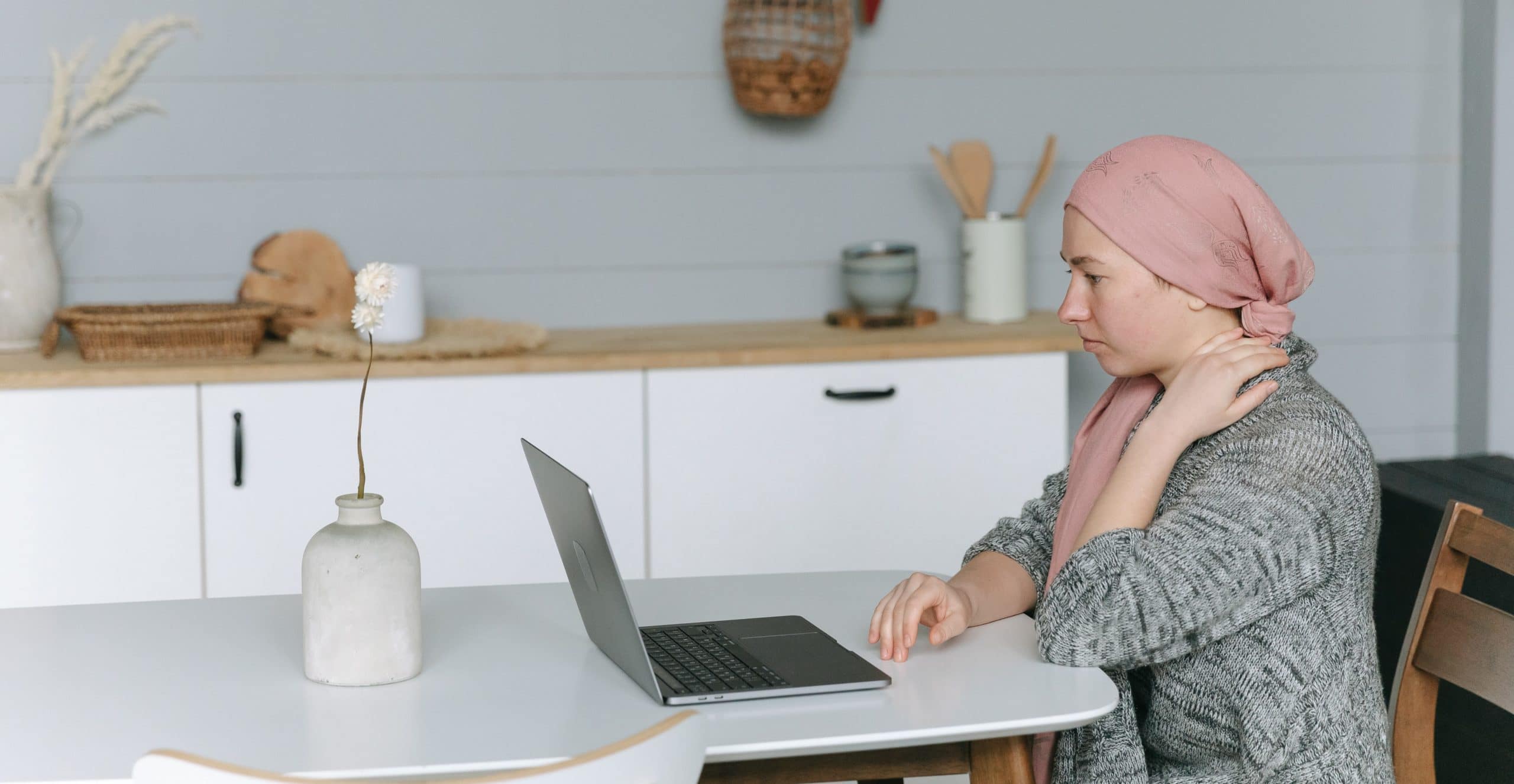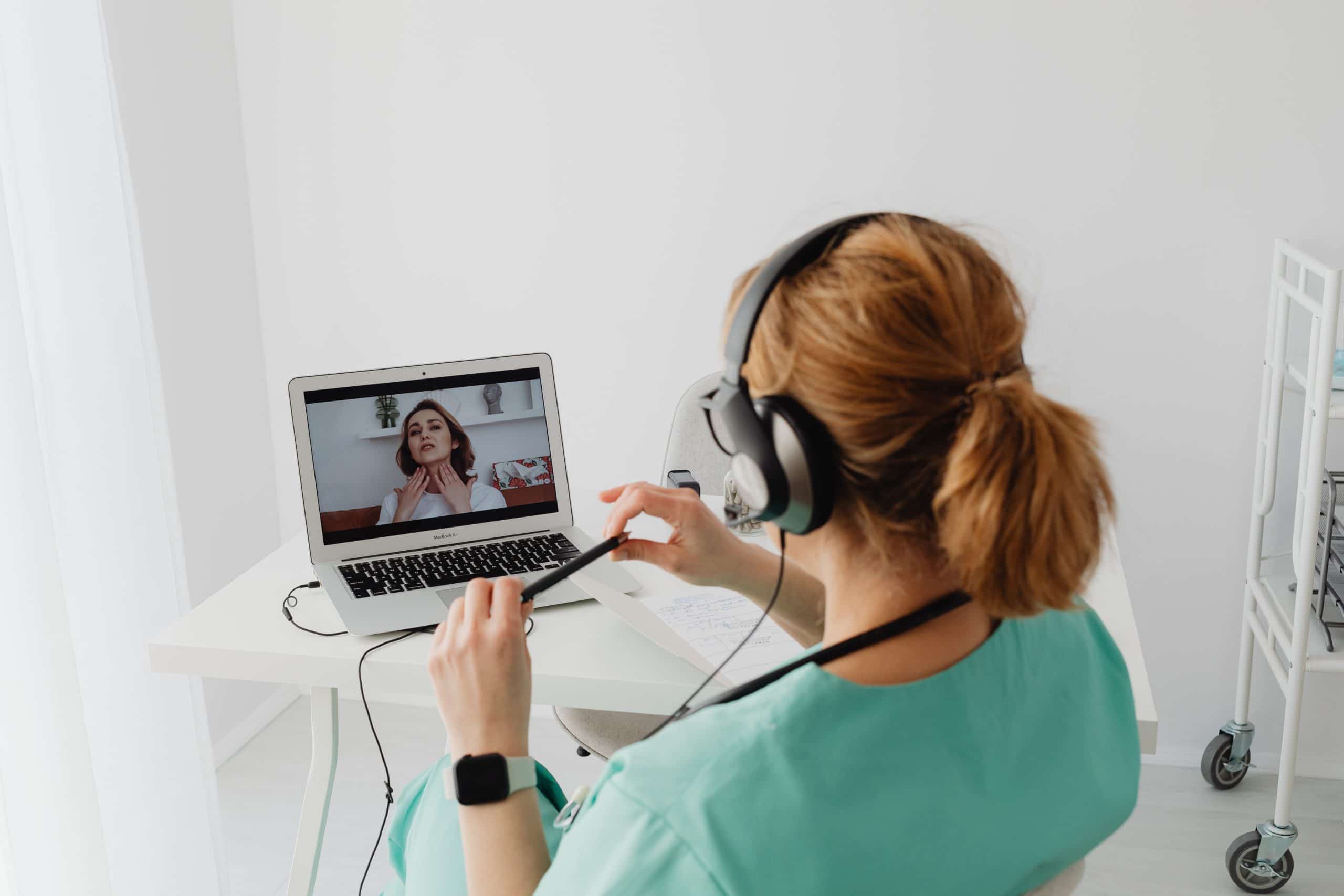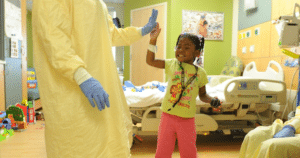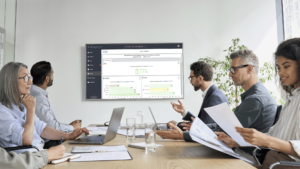
Rethinking pediatric clinical trials: guidelines from pediatric experts
In this last episode on pediatric clinical trial challenges, Begoña Nafria, pediatrician and patient engagement

Televisits in clinical trials: Why integrate a telemedecine feature in your eCOA trials?
With clinical trials digitalization and decentralization comes the possibility for patients to complete several of their clinical study procedures remotely, making their participation in clinical trials easier and less cumbersome than site-based trials.
The inclusion of a telemedicine option in a clinical trial allows a protocol visit to be performed remotely between the patient at home and the relevant clinical site personnel at the study site. If remote visits are planned in both decentralized and hybrid trials, how precisely do the televisits work and how beneficial can this really be to study patients, site staff, and sponsors?

In such situations, and even more when the patient lives far away from the study site or experiences mobility issues, having flexible protocols that include remote video visits can be very reassuring for many study participants.
Although many platforms already exist to perform video chats, adding the video visit option directly into the eCOA app has the significant benefit for patients of using a single system. Trishna Bharadia, patient advocate and health industry expert, emphasizes:
‘’It can’t be underestimated just how complex and how difficult it can be for patients if they’re having to navigate multiple systems when they’re already having to think about so many different things”
The workload of site staff is always high and the issue of managing multiple studies for multiple sponsors with multiple systems is well known. As for study patients, we should make the lives of site staff easier to improve their clinical trial experience.

Clinical teams need to trust that the study will continue. The inclusion of televisits means that teams can be reassured that a study will continue according to the protocol schedule even when patients are not able to attend the study site for visits.’
As the use of televisitsis a recent practice in clinical trials, there is limited evidence on its use and the impact on patient compliance is not well defined. However, it can be expected that televisits will expand patient compliance by allowing their participation in clinical trials from the comfort of their home or wherever they may be during their holiday or other travel.

As operating models turn to decentralizating clinical trials, the televisit option is likely to take a more prominent place in clinical study protocols. When made simple and embedded into the eCOA solution, it offers an additional avenue for reducing the burden on patients and sites and improving their clinical trial experience, as well as guaranteeing the study continuum for sponsors.
Learn more:

In this last episode on pediatric clinical trial challenges, Begoña Nafria, pediatrician and patient engagement

In this third episode on pediatric clinical trial challenges, Begoña Nafria, pediatrician and patient engagement

Integrating PROs into studies on MASH, also known as NASH, is crucial. MASH is a debilitating

Asthma clinical trials present several specificities, such as the use of disease-specific health-related quality of

NonAlcoholic SteatoHepatitis (NASH), now called Metabolic Dysfunction-Associated SteatoHepatitis (MASH), affects almost 115 million adults globally

In this second episode on pediatric clinical trial challenges, Begoña Nafria, pediatrician and patient engagement
Last update : 3 May 2022